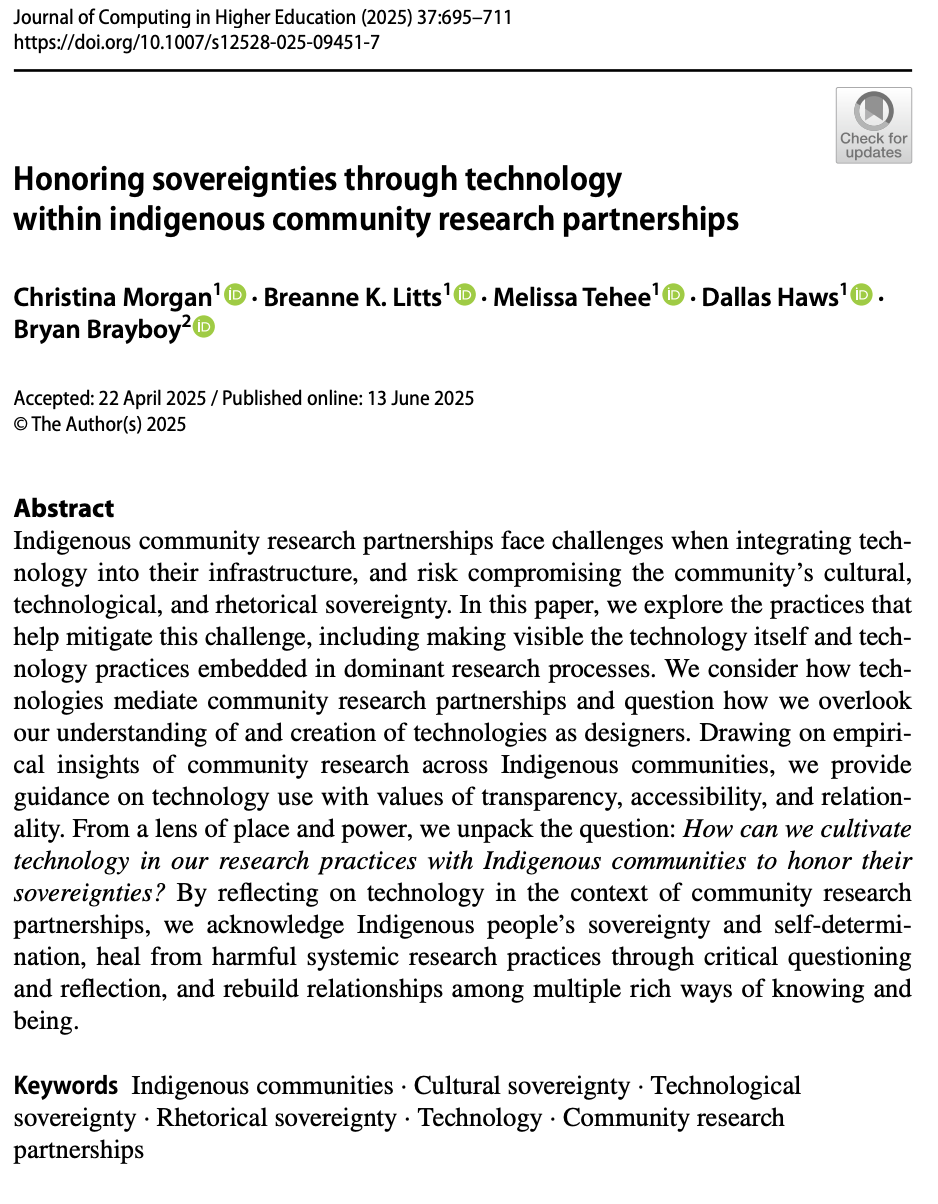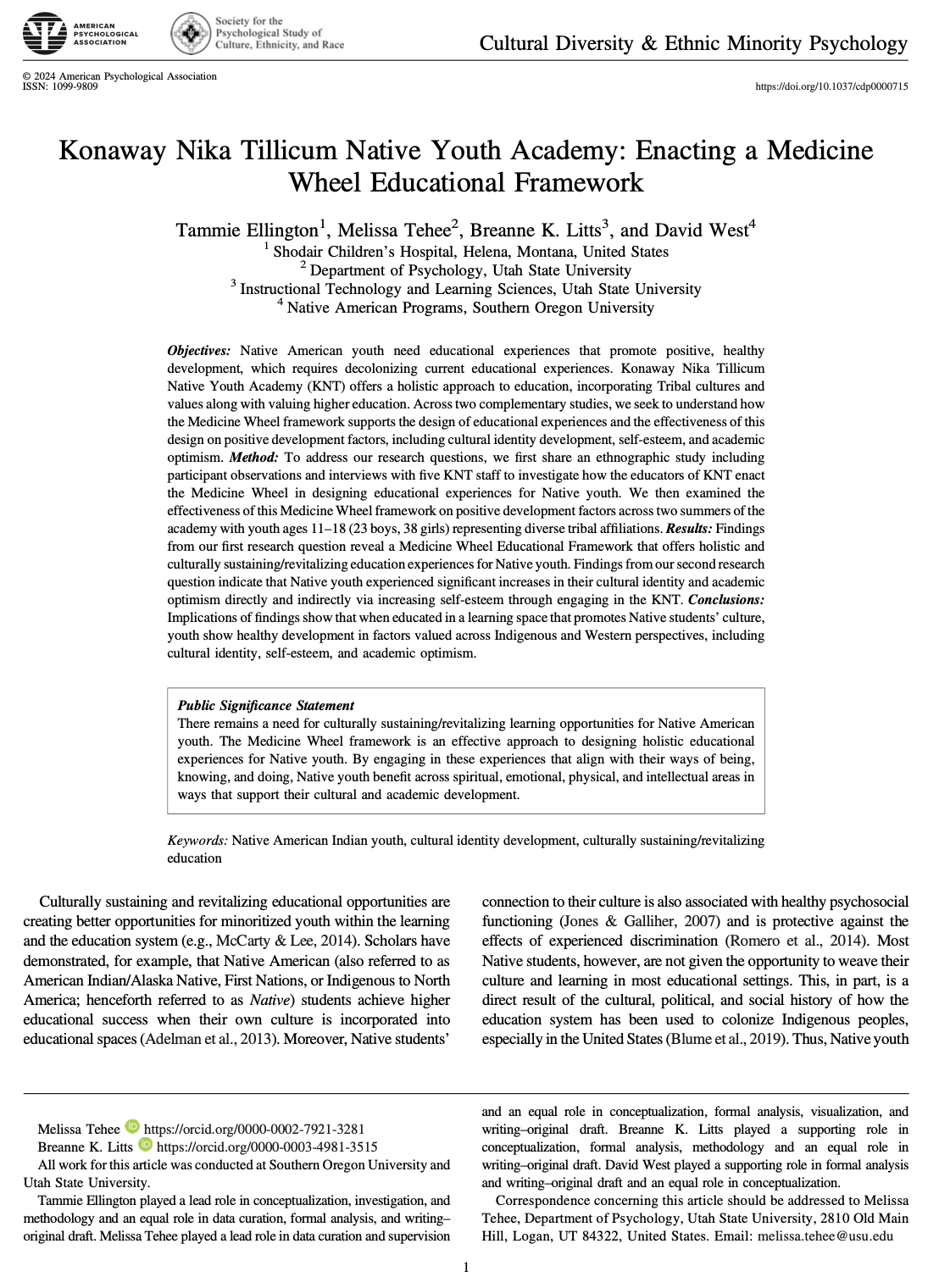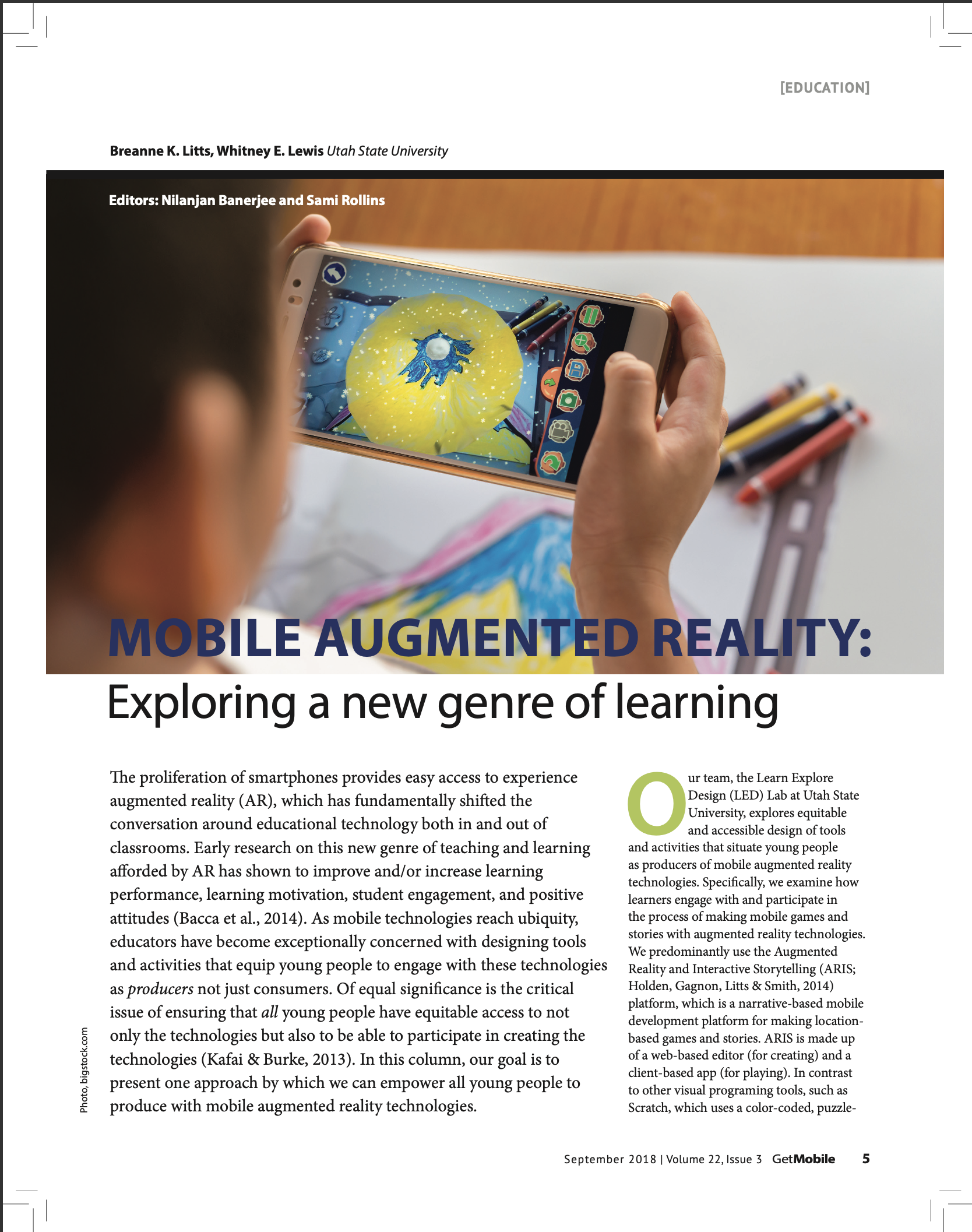Honoring Sovereignties
Morgan, C., Litts, B.K., Tehee, M. et al. Honoring sovereignties through technology within indigenous community research partnerships. J Comput High Educ 37, 695–711 (2025). https://doi.org/10.1007/s12528-025-09451-7
Honoring Sovereignties Through Technology Within Indigenous Community Research Partnerships
In this paper, we explore the practices that help mitigate this challenge, including making visible the technology itself and technology practices embedded in dominant research processes. We consider how technologies mediate community research partnerships and question how we overlook our understanding of and creation of technologies as designers. Learn more about this research at: https://www.claspcollaborative.org/healing-tech
Citation
Morgan, C., Litts, B.K., Tehee, M. et al. Honoring sovereignties through technology within indigenous community research partnerships. J Comput High Educ 37, 695–711 (2025). https://doi.org/10.1007/s12528-025-09451-7
Youths’ Relationship with Culture
Yan, L., Litts, B. K., Tehee, M., Baggaley, S., & Jenkins, J. (2025). Youths' relationship with culture: Tracing sixth graders' learning through designing culturally centred multimedia projects. British Journal of Educational Technology, 56(3), 1191-1209. https://doi.org/10.1111/bjet.13520
Youths’ relationship with culture: Tracing sixth graders’ learning through designing culturally centred multimedia projects
In this paper, we ask how youth develop relationship with culture through creating culturally centred multimedia projects. Guided by a case study approach, we collected thirty-six remixing multimedia projects from twelve sixth graders, who created these projects for three culturally centred learning activities over a school year.
Citation
Yan, L., Litts, B. K., Tehee, M., Baggaley, S., & Jenkins, J. (2025). Youths' relationship with culture: Tracing sixth graders' learning through designing culturally centred multimedia projects. British Journal of Educational Technology, 56(3), 1191-1209. https://doi.org/10.1111/bjet.13520
Design Ethics
Litts, B. K., Tehee, M., Cardona-Rivera, R. E., & Alladin, J. K. (2024). The Design Ethics of Culturally Sustaining & Revitalizing (Re)Presentation. International Journal of Designs for Learning, 15(3), 189–199. https://doi.org/10.14434/ijdl.v15i3.37742
The Design Ethics of Culturally Sustaining & Revitalizing (Re)Presentation
In this paper, we wondered how we could create technologies (digital and non-digital) that support Indigenous ways of knowing, especially through storytelling. This is a process we call (re)presentation. Specifically, our work is centered on building culturally sustaining and revitalizing models for (re) presenting stories. Our team engaged in an iterative and reflexive design process with Indigenous and non-Indigenous community members, educators, designers, and researchers. We present a single design case of (re)presenting an Indigenous story across interactions and share four ethical tensions that we encountered throughout our process.
Citation
Litts, B. K., Tehee, M., Cardona-Rivera, R. E., & Alladin, J. K. (2024). The Design Ethics of Culturally Sustaining & Revitalizing (Re)Presentation. International Journal of Designs for Learning, 15(3), 189–199. https://doi.org/10.14434/ijdl.v15i3.37742
Konaway
Ellington, T., Tehee, M., Litts, B. K., & West, D. (2024). Konaway Nika Tillicum Native Youth Academy:Enacting a medicine wheel educational framework.. Cultural Diversity & Ethnic Minority Psychology. https://doi.org/10.1037/cdp0000715
Konaway Nika Tillicum Native Youth Academy: Enacting a Medicine Wheel Educational Framework
In this paper, we first share an ethnographic study including participant observations and interviews with five Konaway Nika Tillicum Native Youth Academy (KNT) staff to investigate how the educators of KNT enact the Medicine Wheel in designing educational experiences for Native youth. We then examined the effectiveness of this Medicine Wheel framework on positive development factors across two summers of the academy with youth ages 11–18 (23 boys, 38 girls) representing diverse tribal affiliations.
Citation
Ellington, T., Tehee, M., Litts, B. K., & West, D. (2024). Konaway Nika Tillicum Native Youth Academy:Enacting a medicine wheel educational framework.. Cultural Diversity & Ethnic Minority Psychology. https://doi.org/10.1037/cdp0000715
Reversing the Gaze
McCrackin, G., Givens, J. E., Wilkes, E. C., Litts, B. K., & Martinez‐Cola, M. (2024). Reversing the Gaze: Developing Indigenous and Western Media Frames to Compare Coverage of Climate Change and Indigenous Peoples in the News Media. Rural Sociology, 89, 732-757. https://doi.org/10.1111/ruso.12521
Reversing the Gaze: Developing Indigenous and Western Media Frames to Compare Coverage of Climate Change and Indigenous Peoples in the News Media
In this paper, developed a Holistic Media Coding Protocol informed by Indigenous and Western perspectives to guide our content analysis of media coverage of climate change, environmental issues, and Indigenous peoples. We examined news articles from two Indigenous news publications, Indian Country Today and Navajo Times, and two Western news publications, The New York Times and The Salt Lake Tribune. Our findings indicate that creating and utilizing a theory-informed Holistic Media Coding Protocol challenges the recurrent Western gaze on Indigenous peoples.
Citation
McCrackin, G., Givens, J. E., Wilkes, E. C., Litts, B. K., & Martinez‐Cola, M. (2024). Reversing the Gaze: Developing Indigenous and Western Media Frames to Compare Coverage of Climate Change and Indigenous Peoples in the News Media. Rural Sociology, 89, 732-757. https://doi.org/10.1111/ruso.12521
Learning with the Land
Yan, L., Isaacs, D. S., Litts, B. K., Tehee, M., Baggaley, S., & Jenkins, J. (2023). Learning with the land: How sixth graders restory interactions with the land through field experiences. Learning, Culture and Social Interaction, 42, 100754. https://doi.org/10.1016/j.lcsi.2023.100754
Learning with the Land: How sixth graders restory interactions with the land through field experiences
In this paper, we explored how land-based pedagogy can contribute to a transformative learning experience for sixth graders through disrupting the dominant ways of knowing and relating to the land. Specifically, our work is guided by the research question: how do learners express relationship with the land in the restorying of their river trip experience? We share data from thirty-nine sixth-grader participants who completed a restorying project about their cross-cultural river trip and reflected on these experiences through interviews.
Citation
Yan, L., Isaacs, D. S., Litts, B. K., Tehee, M., Baggaley, S., & Jenkins, J. (2023). Learning with the land: How sixth graders restory interactions with the land through field experiences. Learning, Culture and Social Interaction, 42, 100754. https://doi.org/10.1016/j.lcsi.2023.100754
Computing for all?
Litts, B. K., Searle, K. A., Brayboy, B. M., & Kafai, Y. B. (2021). Computing for all?: Examining critical biases in computational tools for learning. British Journal of Educational Technology, 52(2), 842-857. https://doi.org/10.1111/bjet.13059
Computing for all?: Examining critical biases in computational tools for learning
In this paper, we take a critical perspective towards novice programming environments to elucidate how the underlying structure privileges particular epistemologies and cultures. We examine how the cultural practice of storytelling is supported and/or inhibited within novice programming tools.
Citation
Litts, B. K., Searle, K. A., Brayboy, B. M., & Kafai, Y. B. (2021). Computing for all?: Examining critical biases in computational tools for learning. British Journal of Educational Technology, 52(2), 842-857. https://doi.org/10.1111/bjet.13059
Design Scaffolds
Litts, B. K., Searle, K. A., Kafai, Y. B., & Lewis, W. E. (2021). Examining the materiality and spatiality of design scaffolds in computational making. International Journal of Child-Computer Interaction, 30, 100295. https://doi.org/10.1016/j.ijcci.2021.100295
Examining the materiality and spatiality of design scaffolds in computational making
In this paper, we draw on multiple iterations of design and implementation work with wearable and locative technologies to investigate the affordances and challenges of design scaffolds in youths’ computational making design processes. We present examples from learning with electronic textiles and locative game design to illustrate the unique problem spaces of materiality and spatiality specific to computational making.
Citation
Litts, B. K., Searle, K. A., Kafai, Y. B., & Lewis, W. E. (2021). Examining the materiality and spatiality of design scaffolds in computational making. International Journal of Child-Computer Interaction, 30, 100295. https://doi.org/10.1016/j.ijcci.2021.100295
Culturally Disruptive Research
Litts, B.K., Tehee, M., Jenkins, J., Baggaley, S., Isaacs, D., Hamilton, M.M. and Yan, L. (2020), "Culturally disruptive research: a critical (re)engagement with research processes and teaching practices", Information and Learning Sciences, Vol. 121 No. 9/10, pp. 769-784. https://doi.org/10.1108/ILS-02-2020-0019
Culturally disruptive research: A critical (re) engagement with research processes and teaching practices
In this paper, we share a critical examination of adopting a culturally disruptive approach in a research–practice partnership (RPP) that includes Indigenous and non-Indigenous researchers, designers and educators who worked together to collaboratively design culturally situated experiences for sixth graders.
Citation
Litts, B.K., Tehee, M., Jenkins, J., Baggaley, S., Isaacs, D., Hamilton, M.M. and Yan, L. (2020), "Culturally disruptive research: a critical (re)engagement with research processes and teaching practices", Information and Learning Sciences, Vol. 121 No. 9/10, pp. 769-784. https://doi.org/10.1108/ILS-02-2020-0019
Pair Physical Computing
Lui, D., Kafai, Y., Litts, B., Walker, J., & Widman, S. (2020). Pair physical computing: high school students’ practices and perceptions of collaborative coding and crafting with electronic textiles. Computer Science Education, 30(1), 72-101. https://doi.org/10.1080/08993408.2019.1682378
Computing for all?: Examining critical biases in computational tools for learning
In this paper, we focus on how pairs self-organized their multi-domain tasks in physical computing, and how their social interactions supported or inhibited productive collaboration.
Citation
Lui, D., Kafai, Y., Litts, B., Walker, J., & Widman, S. (2020). Pair physical computing: high school students’ practices and perceptions of collaborative coding and crafting with electronic textiles. Computer Science Education, 30(1), 72-101. https://doi.org/10.1080/08993408.2019.1682378
Cultivating Staff Culture Online
Justis, N., Litts, B.K., Reina, L. and Rhodes, S. (2020), "Cultivating staff culture online: How Edith Bowen Laboratory School responded to COVID-19", Information and Learning Sciences, Vol. 121 No. 5/6, pp. 453-460. DOI: 10.1108/ILS-04-2020-0136
Cultivating staff culture online: How Edith Bowen Laboratory School responded to COVID-19
In this paper, we share the story of how the Edith Bowen Laboratory School (EBLS), a K-6 public charter school on campus at Utah State University, shifted to remote teaching and learning. Our goal is to contribute new understandings regarding the delivery of elementary education online.
Citation
Justis, N., Litts, B.K., Reina, L. and Rhodes, S. (2020), "Cultivating staff culture online: How Edith Bowen Laboratory School responded to COVID-19", Information and Learning Sciences, Vol. 121 No. 5/6, pp. 453-460. DOI: 10.1108/ILS-04-2020-0136
Engaging Youth in Computational Thinking Practices
Litts, B. K., Lewis, W. E., & Mortensen, C. K. (2020). Engaging youth in computational thinking practices through designing place-based mobile games about local issues. Interactive Learning Environments, 28(3), 302-315. DOI: 10.1080/10494820.2019.1674883
Engaging youth in computational thinking practices through designing place-based mobile games about local issues
In response to a need to equip youth to become successful contributors to our growing digital economy, educators and researchers are exploring ways to incorporate computational thinking (CT) for all across curricular domains. In this paper, we take a place-based approach to examine how and what CT practices youth learn through designing mobile games in and for their own communities.
Citation
Litts, B. K., Lewis, W. E., & Mortensen, C. K. (2020). Engaging youth in computational thinking practices through designing place-based mobile games about local issues. Interactive Learning Environments, 28(3), 302-315. DOI: 10.1080/10494820.2019.1674883
Mobile Augmented Reality
Litts, B. K. & Lewis, W. E. (2019). Mobile Augmented Reality: Exploring a new genre of learning. GetMobile: Mobile Computing and Communications. 22. 5-9. 10.1145/3308755.3308757. DOI: 10.1145/3308755.3308757
Mobile Augmented Reality: Exploring a new genre of learning
The proliferation of smartphones provides easy access to experience augmented reality (AR), which has fundamentally shifted the conversation around educational technology both in and out of classrooms. As mobile technologies reach ubiquity, educators have become exceptionally concerned with designing tools and activities that equip young people to engage with these technologies as producers not just consumers. In this column, our goal is to present one approach by which we can empower all young people to produce with mobile augmented reality technologies.
Citation
Litts, B. K. & Lewis, W. E. (2019). Mobile Augmented Reality: Exploring a new genre of learning. GetMobile: Mobile Computing and Communications. 22. 5-9. 10.1145/3308755.3308757. DOI: 10.1145/3308755.3308757
Stitching Codeable Circuits
Litts, B. K., Kafai, Y. B., Lui, D. A., Walker, J. T., & Widman, S. A. (2017). Stitching codeable circuits: High school students’ learning about circuitry and coding with electronic textiles. Journal of Science Education and Technology, 26(5), 494-507. DOI: 10.1007/s10956-017-9694-0
Stitching Codeable Circuits: High School Students’ Learning About Circuitry and Coding with Electronic Textiles
Learning about circuitry by connecting a battery, light bulb, and wires is a common activity in many science classrooms. In this paper, we expand students’ learning about circuitry with electronic textiles, which use conductive thread instead of wires and sewable LEDs instead of lightbulbs, by integrating programming sensor inputs and light outputs and examining how the two domains interact.
Citation
Litts, B. K., Kafai, Y. B., Lui, D. A., Walker, J. T., & Widman, S. A. (2017). Stitching codeable circuits: High school students’ learning about circuitry and coding with electronic textiles. Journal of Science Education and Technology, 26(5), 494-507. DOI: 10.1007/s10956-017-9694-0
Maker Studio Model
Litts, B. K., Widman, S. A., Lui, D. A., Walker, J. T., & Kafai, Y. B. (2019). A Maker Studio Model for High School Classrooms: The Nature and Role of Critique in an Electronic Textiles Design Project. Teachers College Record, 121(9), 1-34. https://www.tcrecord.org/Content.asp?ContentId=22784
A Maker Studio Model for High School Classrooms: The Nature and Role of Critique in an Electronic Textiles Design Project
This article reports on a case study featuring a class of 23 high school students in a STEM class partnered with art students to develop an interactive installation. The authors used the characteristics of studio models from arts, architecture, and engineering education and integrated maker activities. Students designed a computational artifact and participated in activities such as feedback, critique, and reflection.
Citation
Litts, B. K., Widman, S. A., Lui, D. A., Walker, J. T., & Kafai, Y. B. (2019). A Maker Studio Model for High School Classrooms: The Nature and Role of Critique in an Electronic Textiles Design Project. Teachers College Record, 121(9), 1-34. https://www.tcrecord.org/Content.asp?ContentId=22784
Debugging Open-Ended Designs
Searle, K. A., Litts, B. K., & Kafai, Y. B. (2018). Debugging open-ended designs: High school students’ perceptions of failure and success in an electronic textiles design activity. Thinking Skills and Creativity, 30, 125-134. DOI: 10.1016/j.tsc.2018.03.004
Debugging Open-Ended Designs: High School Students’ Perceptions of Failure and Success in an Electronic Textiles Design Activity
Learning about circuitry by connecting a battery, light bulb, and wires is a common activity in many science classrooms. In this paper, we expand students’ learning about circuitry with electronic textiles, which use conductive thread instead of wires and sewable LEDs instead of lightbulbs, by integrating programming sensor inputs and light outputs and examining how the two domains interact.
Citation
Searle, K. A., Litts, B. K., & Kafai, Y. B. (2018). Debugging open-ended designs: High school students’ perceptions of failure and success in an electronic textiles design activity. Thinking Skills and Creativity, 30, 125-134. DOI: 10.1016/j.tsc.2018.03.004
Learning in the Making
Sheridan, K., Halverson, E. R., Litts, B., Brahms, L., Jacobs-Priebe, L., & Owens, T. (2014). Learning in the making: A comparative case study of three makerspaces. Harvard Educational Review, 84(4), 505-531. DOI: 10.17763/haer.84.4.brr34733723j648u
Learning in the Making: A Comparative Case Study of Three Makerspaces
Through a comparative, in-depth case study of three makerspaces, the authors explore how makerspaces function as learning environments how participants learn and develop through complex design and making practices.
Citation
Sheridan, K., Halverson, E. R., Litts, B., Brahms, L., Jacobs-Priebe, L., & Owens, T. (2014). Learning in the making: A comparative case study of three makerspaces. Harvard Educational Review, 84(4), 505-531. DOI: 10.17763/haer.84.4.brr34733723j648u





















